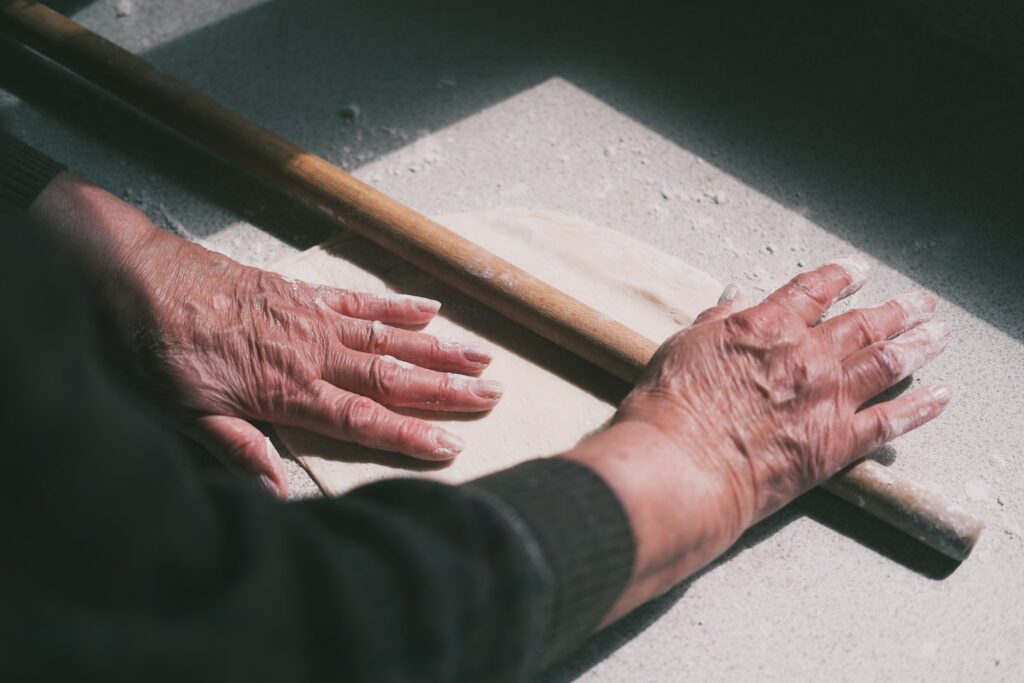The Convention for the Safeguarding of UNESCO Intangible Cultural Heritage provided the following definition of an emblematic community: “Communities, groups, and, where appropriate, individuals that create, maintain and transmit cultural heritage.”
The fundamental element of this definition is the recognition, by groups and individuals, of the cultural element as part of their own cultural and societal identity, as well as their collaboration for the transmission of the element from generation to generation.
Examples of communities are municipalities, local authorities or associations that aim to support, enhance and protect cultural heritage; as wells as research centers involved in identifying, cataloging and providing education or training regarding the cultural element.
The precise role of emblematic communities has been a subject of much discussion, but in a report the subsidiary body of the Intergovernmental Committee in Bali in 2011 defined the term as follows: “ Emblematic communities are at the center of each of the five criteria for the nomination of a cultural element to UNESCO’s Representative list of intangible cultural heritage. Communities or community members must closely collaborate in all phases of the nomination process, particularly in the identification of the cultural element and in designing measures to protect it, not only as recipients and beneficiaries of such measures but also as their initiators and supporters.”
The report emphasizes that the communities themselves must be leaders in all aspects of the nomination process; in the implementation of the safeguarding measures and in all five of the following criteria required by UNESCO for an element to be included in the representative list of cultural elements to be safeguarded.
Firstly (criterion 1), the communities must actively participate in the drafting of the nomination materials that present the cultural element. The communities must provide content describing the social and cultural functions of the element nominated, the modes of transmission from generation to generation, and the definition of the roles of individual community members affiliated with the nominated cultural element.
Additionally (criterion 2), the community must initiate a dialogue featuring contributions from individuals with a high degree of familiarity with the cultural element. The communities will be the focal point in achieving the objective of cultivating and maintaining dialogue between peoples, as described in the Convention of the Safeguarding of the Intangible Cultural Heritage of UNESCO.
The communities not only represent the cultural element that needs safeguarding, but lead the way in establishing and implementing those safeguarding measures (criterion 3). Communities or community members should collaborate proactively to determine the most appropriate measures to protect the cultural element, cooperating with the Government to implement specific measures or legislation to protect and enhance the cultural element.
Community members must identify (criterion 4) their specific individual roles in the nomination process of the cultural element, by submitting written or spoken testimony in the form of letters, videos or other materials directly related to the nominated cultural element.
Finally (criterion 5), the community will be responsible for requesting that the element be included in official records at national and local levels, and/or in creating participatory inventory in which intangible cultural element is documented.

